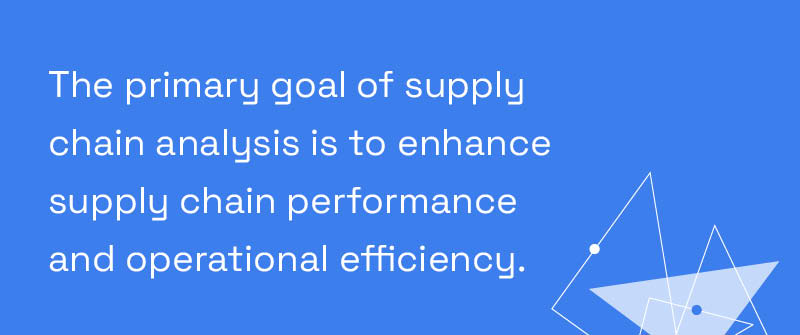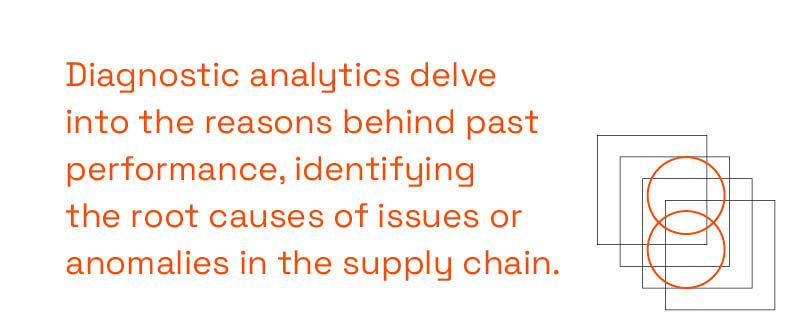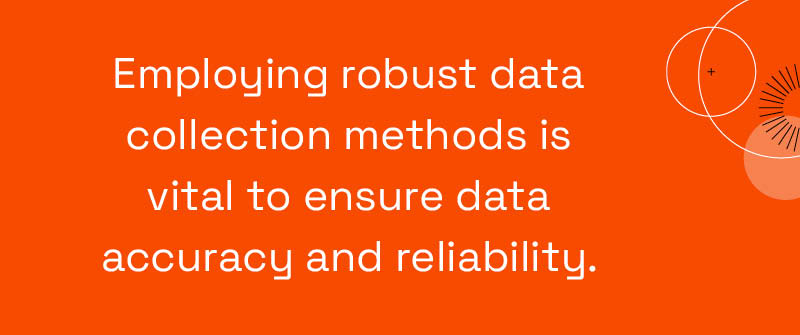
What Do You Mean By Supply Chain Analysis?
Supply chain analysis is an essential tool that enables business leaders to evaluate every aspect of their operational processes. By incorporating various methodologies in supply chain analyses, including manufacturing data analytics, organizations can respond to challenges posed by globalization, economic uncertainties, and external factors, thereby driving efficiency and increasing profitability. At its core, supply chain analysis involves scrutinizing the flow of goods, information, and finances from the origin of raw materials to the delivery of the final product to customers.
Definition of Supply Chain Analysis
Supply chain analysis is the systematic examination of the various stages involved in bringing a product or service from conception to the end consumer. This involves conducting a supply chain process, which includes defining objectives, data collection, supply chain mapping, and evaluating process efficiency. This involves dissecting every step of the logistics chain to identify opportunities for improvement and potential risks. The analysis can range from understanding how raw materials are sourced to managing the relationships with suppliers, streamlining manufacturing processes, and optimizing distribution systems.
Importance in Business Operations
In today’s competitive business landscape, conducting a thorough supply chain analysis is not just advantageous—it’s crucial. This analysis helps business leaders identify existing supply chain risk bottlenecks, reduce waste, enhance product quality, and deliver greater value to customers. By leveraging supply chain analysis, companies can boost their responsiveness to market changes and improve their overall agility.
Goals and Objectives
The primary goal of supply chain analysis is to enhance supply chain performance and operational efficiency. Key objectives include minimizing costs, improving product quality, accelerating delivery times, and enhancing customer satisfaction. Moreover, this analysis aids in simplifying complex supply chain networks, leading to better decision-making and strategic planning.

What Are The 5 Common Types Of Supply Chain Analytics?
Descriptive Analytics
In the realm of supply chain analytics, supply chain data, and descriptive analytics serve as the bedrock. This type of analysis focuses on summarizing historical data to understand trends and patterns. It leverages tools such as data dashboards and reports to present past performance metrics, helping business leaders identify what has happened in the supply chain. The insights gained from descriptive analytics enable a clearer understanding of past supply chain operations and set the stage for more advanced analytical efforts.
Predictive Analytics
Predictive analytics take data analysis to the next level by leveraging statistical models and machine learning techniques to forecast future events. A robust supply chain analytics effort is essential, beginning with data accessibility and collaboration among supply chain partners and customers through cloud solutions. By analyzing historical data, these models can predict future demand, identify potential supply chain disruptions, and optimize inventory levels. For business leaders, predictive analytics provides a powerful tool to anticipate changes in the market and make proactive decisions to mitigate risks.
Prescriptive Analytics
While predictive analytics tell you what might happen, prescriptive analytics offer recommendations on what actions to take. Prescriptive analytics has been referred to as “the future of data analytics.” Implementing supply chain management systems is essential to effectively gather, analyze, visualize data within supply chains, and increase overall supply chain efficiency. This type of analytics uses algorithms and optimization techniques to suggest the best course of action to achieve desired outcomes. Prescriptive analytics can help companies optimize their supply chain operations by recommending the most efficient routing of shipments, determining optimal inventory levels, and identifying the best suppliers. Its actionable insights enable business leaders to make data-driven decisions that enhance operational efficiency and profitability.
Diagnostic Analytics
Diagnostic analytics delve into the reasons behind past performance, identifying the root causes of issues or anomalies in the supply chain. Collaboration with supply chain partners is crucial in this process, as it enhances communication and data sharing. By using techniques such as drill-down analysis and data mining, organizations can uncover hidden relationships and patterns in their data. Diagnostic analytics enable business leaders to understand why certain events occurred, such as delays in shipping or variations in demand, and to address these issues promptly and effectively.

Cognitive Analytics
The latest evolution in supply chain analytics is cognitive analytics. Supply chain analytics represent a critical step for organizations striving to become data-driven. This type leverages artificial intelligence (AI) and natural language processing (NLP) to simulate human thought processes in analyzing complex data sets. Cognitive analytics can process unstructured data from various sources, such as social media, news, and IoT devices, to provide deeper insights and detailed supply chain information that will return more accurate forecasts. For business leaders, cognitive analytics offer unparalleled potential to revolutionize supply chain management by integrating cutting-edge AI technologies.
How Do You Conduct A Supply Chain Analysis?
Conducting a supply chain analysis is essential for uncovering inefficiencies, identifying opportunities, and ensuring operational excellence across the entire supply chain. By following a systematic process, business leaders can gain valuable insights and drive strategic decision-making.
Identifying Key Performance Indicators (KPIs)
The foundation of effective supply chain analysis begins with identifying the right Key Performance Indicators (KPIs) within supply chains. KPIs are measurable values that demonstrate how effectively you are achieving crucial business objectives. Examples of KPIs in supply chain management include order accuracy, inventory turnover rates, and lead times.
Supply Chain Data Collection Methods
Once your KPIs are established, the next step is gathering the relevant data. Supply chain and procurement data analytics plays a crucial role in this process by integrating data from multiple sources to monitor and optimize various systems and processes. Employing robust data collection methods is vital to ensure data accuracy and reliability. You should utilize a combination of automated data collection systems, such as IoT sensors and ERP systems, alongside manual audits and feedback mechanisms to capture comprehensive data across the supply chain.

Data Analysis Techniques
With your data in place, applying the right data analysis techniques will help you derive actionable insights. A robust supply chain analytics effort is essential, beginning with data accessibility and collaboration among supply chain partners and customers through cloud solutions. Leveraging tools such as statistical analysis software, Machine Learning algorithms, and data visualization platforms can enable you to interpret complex data sets and uncover patterns. Whether using traditional statistical methods or advanced analytics, the objective remains to turn raw data into meaningful insights.
Interpreting Results
Analyzing data is only half the battle; interpreting the results to enhance supply chain performance is where the real value lies. Your analysis should provide clarity on the strengths and weaknesses within your supply chain. For instance, you may uncover bottlenecks in production, overstock situations, or discrepancies in delivery timelines. The goal is to offer a clear, actionable narrative from the data that can guide strategic decisions.
Implementing Improvements
The final stage involves implementing improvements based on your findings. Implementing supply chain management systems is crucial to effectively gather, analyze, and visualize data within supply chains. This might include process optimization, strategic sourcing, technology integration, or workforce training. Establishing a continuous improvement cycle ensures that your supply chain evolves and adapts to emerging challenges and opportunities.
Unlock the true potential of your supply chain with P3 Adaptive. Our team of expert consultants will consolidate your scattered data into a singular, powerful perspective, enabling you to transform it into clear and actionable insights. Empower your decisions swiftly and confidently with P3 Adaptive today. Contact P3 Adaptive today!
Get in touch with a P3 team member